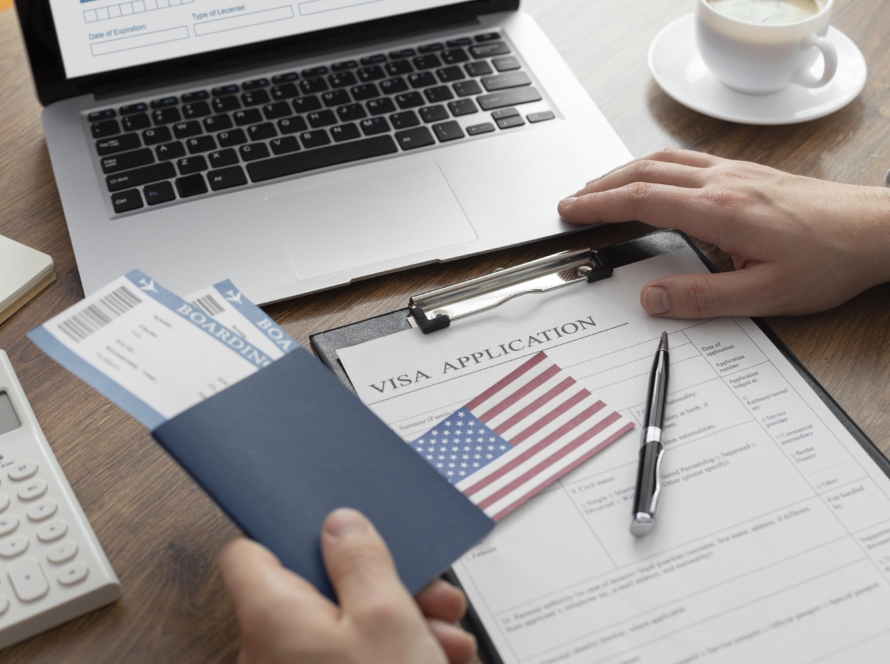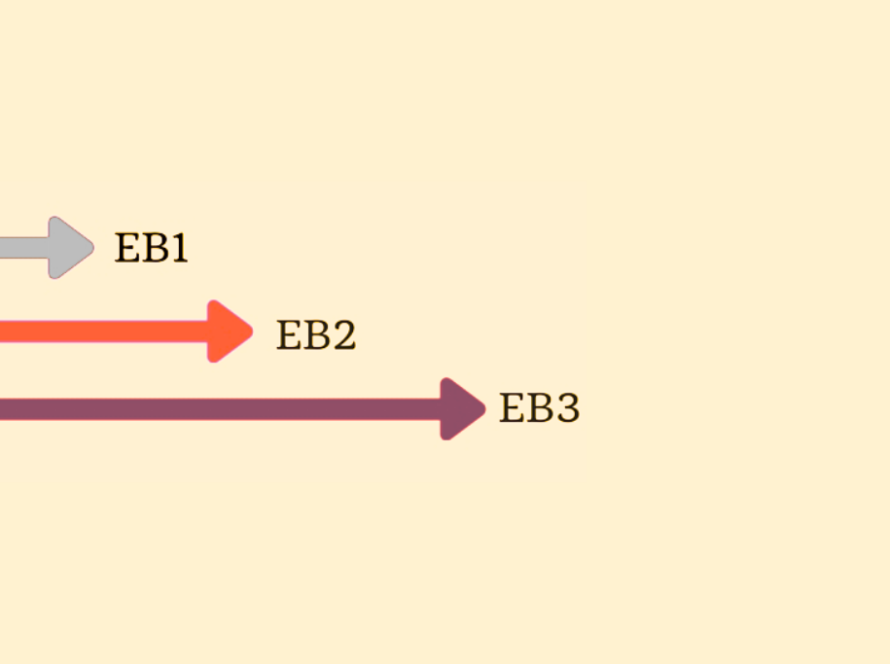Introduction
For thousands of international students every year, studying in the United States is more than just an academic goal—it’s a dream. With some of the world’s most prestigious universities, diverse cultures, and opportunities for growth, the U.S. continues to attract ambitious learners from all corners of the globe.
But before you can walk through the gates of a U.S. campus, there’s one important step you need to take: securing an F1 student visa.
The F1 visa is your official ticket to study full-time in the United States. It allows you to attend an accredited academic institution, gain valuable experience, and immerse yourself in life abroad. But the application process can be intimidating if you don’t know where to start. From understanding eligibility requirements to surviving the visa interview, there are many details that make or break your chances.
This guide will walk you through every step of the process in plain English—no legal jargon, just practical advice. Whether you’re applying for an undergraduate degree, a master’s program, or a language course, you’ll find everything you need to navigate the F1 visa process with confidence. Let’s get started on your journey to studying in the U.S.!
1. What Is an F1 Visa?
The F1 visa is a non-immigrant student visa issued to individuals who wish to pursue full-time academic study at an accredited U.S. institution. This includes colleges, universities, seminaries, conservatories, and even language training programs.
You must:
- Be accepted by a SEVP-approved school
- Enroll as a full-time student
- Show that you can financially support yourself
- Prove that you intend to return to your home country after completing your studies
Unlike a green card or work visa, the F1 visa is temporary. But it can open doors to long-term academic, professional, and even immigration opportunities later.
2. Eligibility Requirements for the F1 Visa
To qualify for an F1 visa, you must meet several requirements. Here’s a breakdown:
Basic Eligibility Criteria:
- Enrollment in a full-time program at an SEVP-certified U.S. institution
- Proof of English language proficiency (TOEFL, IELTS, etc.)
- Valid passport for at least six months beyond your intended stay
- Sufficient financial support to cover tuition and living expenses
- Non-immigrant intent (you must prove you don’t plan to stay permanently after your studies)
Your school must also issue you a Form I-20, which you’ll need for your visa application.
3. Step-by-Step: How to Apply for an F1 Student Visa
Applying for an F1 visa involves several key steps. Here’s how to navigate them:
Step 1: Apply and Get Accepted by a U.S. School
Make sure the school is SEVP-approved. Once accepted, they will send you Form I-20, which is essential for the rest of the process.
Step 2: Pay the SEVIS Fee
You must pay the I-901 SEVIS fee to activate your student record in the Student and Exchange Visitor Information System (SEVIS). Keep the receipt—it’s required for your visa interview.
Step 3: Complete the DS-160 Visa Application
Fill out the DS-160 form online. Be accurate and thorough. Once submitted, print the confirmation page with the barcode.
Step 4: Schedule and Attend a Visa Interview
Visit your nearest U.S. embassy or consulate website to schedule an interview. Prepare to pay the visa application fee.
Step 5: Gather Required Documents
Bring the following to your interview:
- Valid passport
- DS-160 confirmation page
- I-20 form from your U.S. school
- SEVIS fee receipt
- Passport-size photo
- Financial documents
- Academic transcripts, test scores, and a school acceptance letter
Step 6: Attend Your Visa Interview
Answer questions clearly and confidently. The officer wants to confirm that:
- You’re a legitimate student
- You can support yourself financially
- You plan to return home after graduation
4. Tips to Pass the F1 Visa Interview
Visa interviews can be stressful, but preparation is everything. Here are some insider tips:
- Be honest and consistent—don’t try to memorize a script
- Know your school, program, and goals well
- Bring organized documents—officers’ notice
- Dress smartly—it shows you’re taking it seriously
- Practice common questions, like:
- Why did you choose this school?
- What do you plan to do after graduation?
- Who is sponsoring your education?
- Why did you choose this school?
5. Financial Proof: What You Need to Show
U.S. immigration officials need to know that you can afford your studies without working illegally. You’ll need to show:
- Bank statements from the past 3–6 months
- Scholarship letters (if applicable)
- Sponsor letters from parents or guardians
- Proof of education loans or savings accounts
As a rule of thumb, you should show funds that cover at least the first year of tuition and living expenses.
6. Working on an F1 Visa: What’s Allowed?
You can’t just take any job on an F1 visa, but you do have a few options:
On-Campus Work
You can work up to 20 hours/week during school and full-time during breaks. No additional permission is required.
Curricular Practical Training (CPT)
Allows off-campus internships or training related to your field. It must be approved by your school and part of your program.
Optional Practical Training (OPT)
Gives you up to 12 months of work after graduation (or 24 months more for STEM students). Requires USCIS approval.
7. Maintaining Your F1 Status
Once you arrive in the U.S., your responsibility doesn’t end. To stay in good standing:
- Attend school full-time
- Notify your DSO (Designated School Official) about address or program changes
- Don’t work without authorization
- Renew your visa or I-20 if needed
- Leave the U.S. within 60 days after your program ends unless you change your status
Failing to follow these rules can lead to losing your status and being forced to leave the country.
8. Can You Bring Your Family?
Yes, but only certain family members. Your spouse and children under 21 may apply for F2 dependent visas.
F2 Dependents:
- Cannot work
- Can study part-time (children can attend school full-time)
- Must maintain F2 status while the F1 holder remains in the U.S.
9. What Happens After Graduation?
After you finish your studies, you have a few options:
- Apply for OPT to gain practical experience
- Enroll in another degree program and get a new I-20
- Transition to a different visa status (like H-1B for employment)
- Return to your home country within the allowed grace period
Your future options will depend on your goals and what you do during your studies.
10. Common Mistakes to Avoid
Avoiding these mistakes can save you a lot of trouble:
- Submitting an incomplete DS-160
- Not preparing for the visa interview
- Using outdated financial documents
- Working without proper authorization
- Missing school or dropping below full-time without approval
Final Thoughts
The F1 visa process can feel intimidating, but it’s entirely manageable with the right preparation. Each year, thousands of students just like you succeed in beginning their education journey in the U.S. So don’t let fear or confusion hold you back.
Remember: your application is a story—and you’re the main character. Be honest, stay organized, and prepare well. Studying in the U.S. isn’t just about earning a degree—it’s about gaining a life-changing experience that will shape your future.
If you’re serious about studying in the U.S., start today with clarity, commitment, and confidence.
FAQs
1. Can I work on an F1 visa?
Yes, but only under specific conditions, like on-campus jobs or approved OPT/CPT programs.
2. How long does the F1 visa process take?
It varies, but you should start the process at least 3–5 months before your program starts.
3. Can I stay in the U.S. after graduation?
Yes, through OPT or by changing to another visa, such as an H-1B.
4. Do I need to pay SEVIS again if I transfer schools?
Usually no, but you must get a new I-20 and notify SEVIS through your new DSO.
5. What if my visa is denied?
You can reapply after addressing the issue that caused the denial, often with stronger documentation or explanation.


